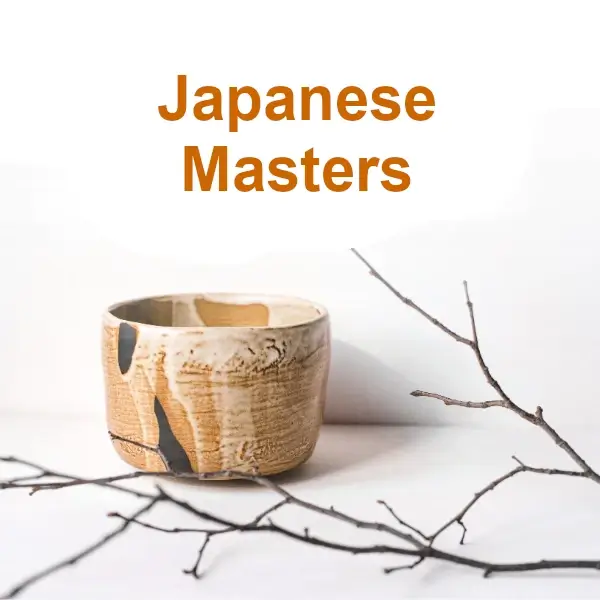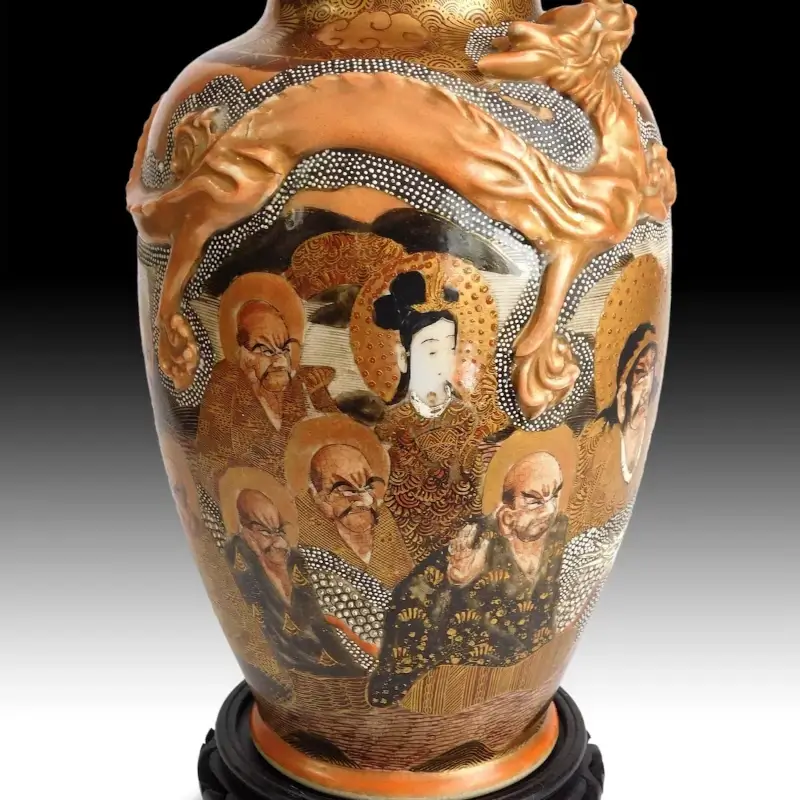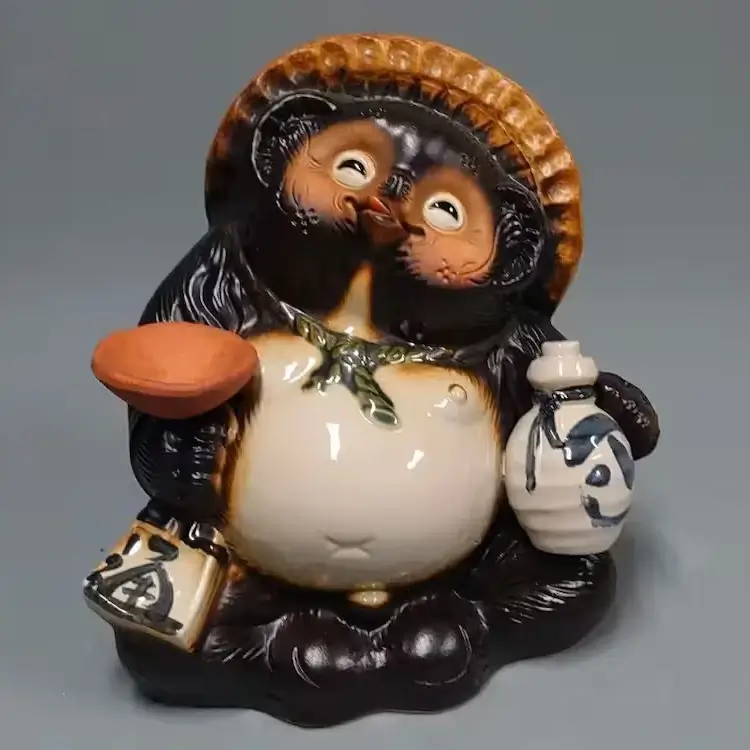Kaneshige Tōyō: Hidden Genius of Japanese Ceramics
The Legacy of Tōyō Kaneshige: Master of Bizen Ceramics
Born in the heart of Japan, in Okayama, Tōyō Kaneshige (1896-1967) was not just a potter; he was a pioneer, a visionary who transcended the limits of traditional ceramics to become a legend. His life and work are intertwined with the history of Bizen ceramics, an ancient art that found in Kaneshige its greatest redeemer.
From the dawn of the 20th century, Tōyō Kaneshige embarked on a mission: to revitalize the lost techniques of Momoyama-period (1573-1615) Ko-Bizen ware, a style that evokes beauty in its purest and most natural form. It was in the 1920s that his quest took shape, leading him to rediscover and perfect the ancestral methods of clay preparation, kiln construction and firing techniques that had defined the greatness of Bizen ware.
In 1956, the Japanese government awarded him the title of Living National Treasure, recognizing his invaluable contribution to the preservation of cultural heritage and his mastery of Bizen ceramic art. Kaneshige was not only dedicated to the creation of pieces that reflected the essence of nature and simplicity, but was also a key pillar in the founding of the Japan Kōgei Association in 1955, promoting the importance of art and craftsmanship in modern society.
His legacy extends beyond his creations. Along with contemporaries such as Miwa Kyūwa and under the umbrella of the Karahinekai art discussion group, founded in 1942, Kaneshige was instrumental in reviving ceramic techniques from the glorious Momoyama period of the 16th century, marking a renaissance in the Japanese ceramic tradition that continues to influence future generations.
Kaneshige’s works are in prestigious public collections around the world, from the Aichi Prefectural Museum of Art in Japan to the Yale University Art Museum in the United States, testifying to the scope and resonance of his art.
Tōyō Kaneshige was not just a ceramicist; he was a philosopher of clay and fire, an artist who knew how to capture the ephemeral beauty of the natural world in the eternity of ceramics. His life and work remain a beacon of inspiration, a reminder of the transformative power of art and how passion and dedication can preserve and enrich our cultural heritage for generations to come.
List of Japanese master ceramists
In an attempt to give recognition to the master ceramists of Japan, we have made a series of biographical articles, you can access them through this drop-down list.
We hope this will help to spread the beautiful tradition of Japanese pottery.
It will help us if you share on social media:
Other posts about Japanese pottery:
Arita Ceramics: The Japanese pottery that stands the test of time
Tanuki: The raccoon dog with a magical scrotum and great fortune




